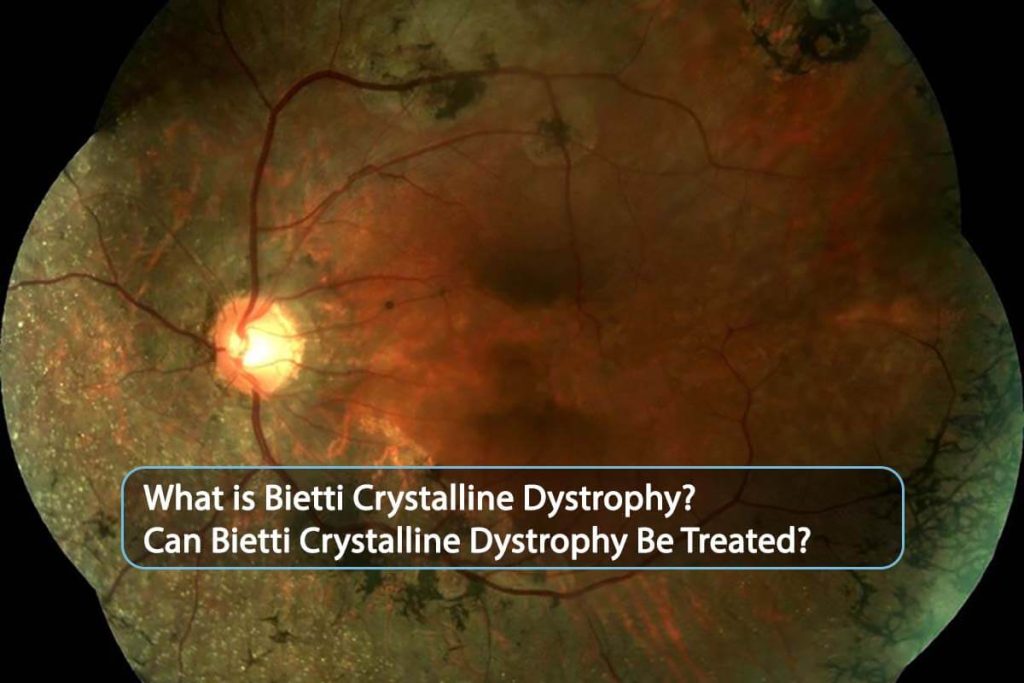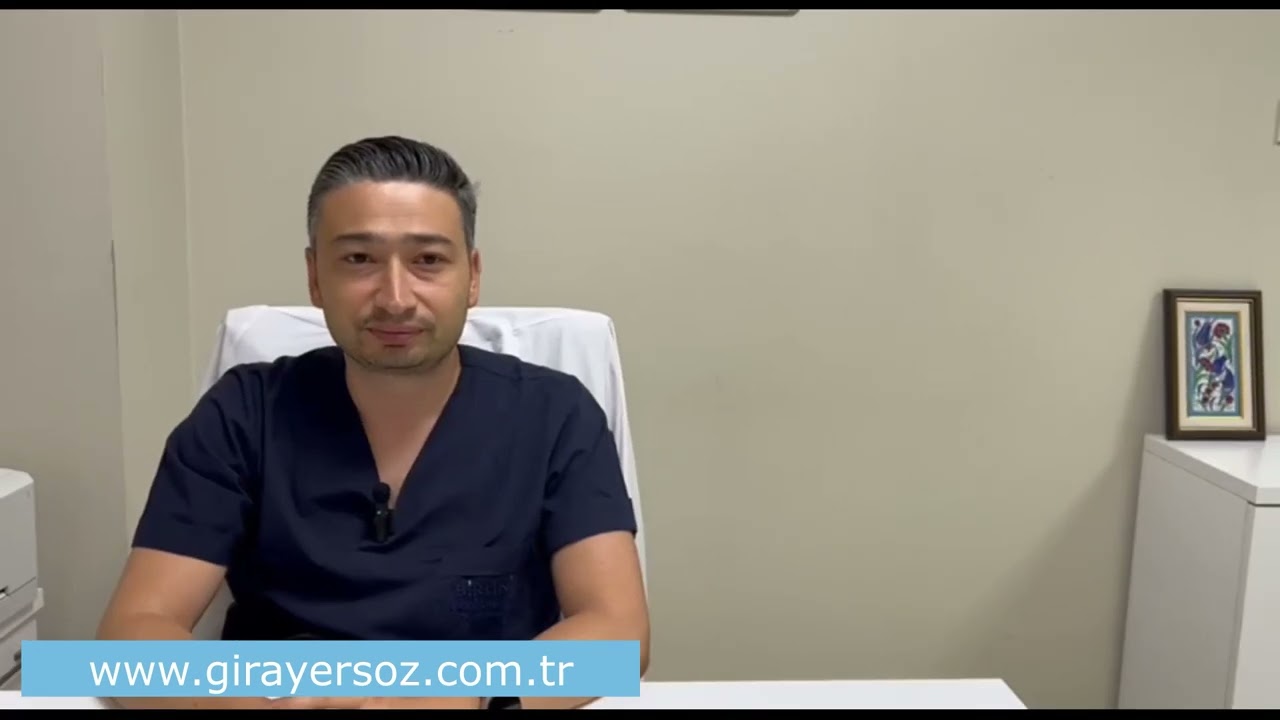Bietti Crystalline Dystrophy, identified by Italian physician Dr. Lucas Bietti in 1937, is a rare eye disease characterized by crystal formation in the cornea and retina, impacting vision. The condition was named after Dr. Bietti due to its discovery in individuals presenting vision-related complaints. Given its infrequent occurrence, treatment options for Bietti Crystalline Dystrophy are challenging, as there is currently no known cure. Management strategies focus on symptom alleviation and slowing down disease progression. This rare disorder prompts ongoing research, offering the potential for tailored interventions to enhance the quality of life for affected individuals and preserve their remaining vision.
İçindekiler
- 1 Bietti’s Crystalline Dystrophy: Unraveling a Rare Autosomal Recessive Disease
- 2 Causes of Bietti’s Crystalline Dystrophy
- 3 Who Gets Bietti’s Crystalline Dystrophy?
- 4 Symptoms of Bietti’s Crystalline Dystrophy
- 5 Diagnosis of Bietti’s Crystalline Dystrophy
- 6 Treatment Options for Bietti’s Crystalline Dystrophy
- 7 Academic Articles I Wrote About Bietti Crystalline Dystrophy
Bietti’s Crystalline Dystrophy: Unraveling a Rare Autosomal Recessive Disease
Bietti’s Crystalline Dystrophy is an uncommon autosomal recessive disorder characterized by distinctive yellow-white crystal deposits, disruptions in the retinal pigment epithelium, and sclerotic changes visible in the retina, occasionally extending to the cornea. Typically, symptoms of this condition manifest after the age of 20. In its advanced stages, individuals with Bietti’s Crystalline Dystrophy may experience a significant decline in visual acuity, night blindness, a reduction in the field of vision, and impairment of color vision.
Causes of Bietti’s Crystalline Dystrophy
Bietti’s Crystalline Dystrophy is entirely of genetic origin, linked to defects in the CYP4V2 gene. Unlike some diseases, no environmental factors contribute to the development of this condition.
Who Gets Bietti’s Crystalline Dystrophy?
Given its rarity, the precise incidence of Bietti’s Crystalline Dystrophy remains unclear. This disease affects both men and women equally. However, the risk is elevated in cases of consanguineous marriages. Additionally, closed societies practicing endogamy, wherein individuals marry within their community, may experience a higher incidence of genetic diseases, including Bietti’s Crystalline Dystrophy.
Symptoms of Bietti’s Crystalline Dystrophy
The onset of Bietti’s Crystalline Dystrophy is marked by night vision impairment. Subsequently, individuals may notice a decline in visual acuity and a narrowing of their visual field. In the advanced stages, the disease progresses to the point of legal blindness, underscoring the severity and impact of this condition on an individual’s vision.
Diagnosis of Bietti’s Crystalline Dystrophy
Bietti’s Crystalline Dystrophy is diagnosed through a comprehensive examination utilizing various imaging techniques. Characteristic lesions and crystals are observed through Optical Coherence Tomography (OCT), color fundus photography, and fundus autofluorescence imaging following eye drop administration. In cases where the diagnosis is uncertain, additional confirmation can be achieved through electrophysiological tests and genetic testing.
Treatment Options for Bietti’s Crystalline Dystrophy
Since its discovery in 1937, there is currently no definitive treatment for Bietti’s Crystalline Dystrophy. However, ongoing research aims to uncover potential therapeutic interventions based on the insights gained from diagnosed cases. One approach to slowing down the progression of the disease involves the use of Platelet-Rich Plasma (PRP). This supportive treatment method, employed by experts like Assoc. Prof. Giray Ersöz, provides patients with time while researchers strive to develop more conclusive treatment strategies.
Academic Articles I Wrote About Bietti Crystalline Dystrophy
Catching Bietti Crystalline Dystrophy Early
Summary: Published in the prestigious U.S. magazine “Retina Today,” this study delves into the findings of a 12-year-old patient diagnosed with Bietti’s Crystalline Dystrophy. The article underscores that while this disease typically manifests after the age of 20, early detection reveals more pronounced retinal findings. The study sheds light on the importance of timely diagnosis in understanding and managing Bietti’s Crystalline Dystrophy.



The Benefits of Wearing Sunglasses and How to Choose Them
Wearing sunglasses plays a vital role in protecting our eye health. However, choosing the wrong [...]
Devamını OkuyunSep
The Effects of Eyelash Trimming on Eye Health
Trimming eyelashes has recently gained popularity on social media, especially among men. While it may [...]
Devamını OkuyunSep
The Benefits of the Mediterranean Diet for Macular Degeneration
Diet plays a significant role in slowing the progression of macular degeneration, and the Mediterranean [...]
Devamını OkuyunApr
What is Dry Eye? Tips to Protect Yourself from Dry Eyes
Insufficient tear production can lead to discomfort and reduce your eyes’ ability to defend against [...]
Devamını OkuyunJan
Understanding the Structure of the Eye and Its Functions?
Understanding the anatomy of the eye is crucial for diagnosing and treating various eye conditions. [...]
Devamını OkuyunJan
Causes and Treatment of Eye Floaters
Occasionally, individuals may notice floating objects in their field of vision. These can take various [...]
Devamını OkuyunMay
What is Vitreous? How is Vitreous Dysfunction Treated?
Vitreous, derived from the Latin term meaning “glassy,” is a clear gel found between the [...]
Devamını OkuyunMay
Vision Wellness Essentials: Simple and Effective Tips for Eye Health
Our eyes, vital and health-sensitive organs, demand special care to combat conditions such as eye [...]
Devamını OkuyunJan